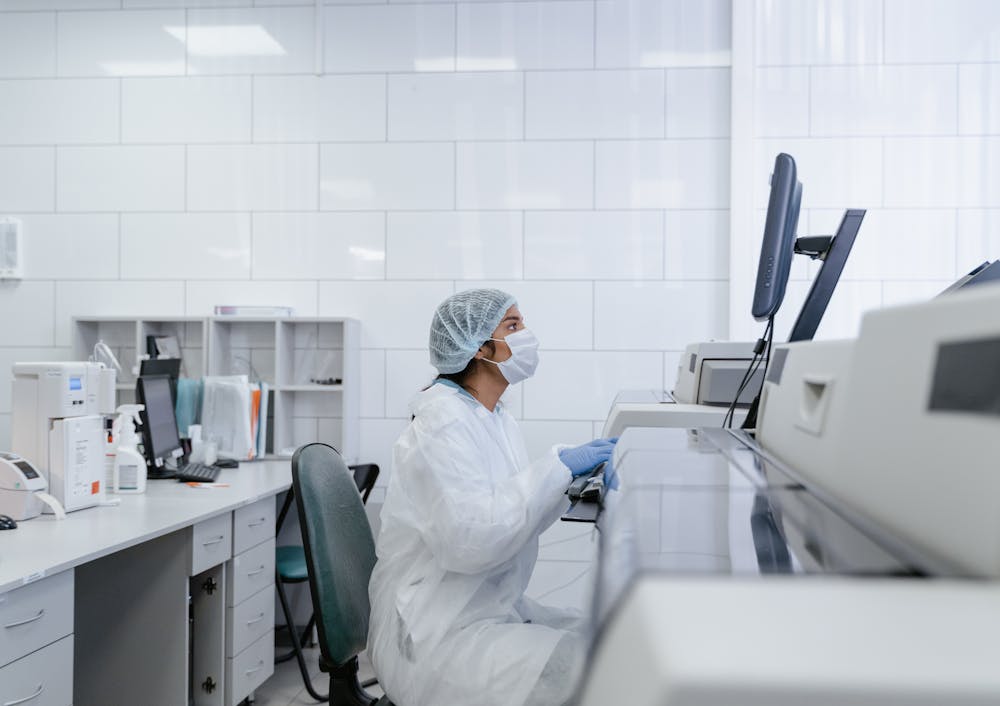In recent years, regenerative medicine has become one of the most promising fields in anti-aging and aesthetic science. Focused on restoring damaged or aging tissues using biologically active substances, this approach holds great potential in treating a variety of skin-related concerns. Among the various forms of regenerative therapy, placenta-based treatments have gained attention for their unique ability to stimulate tissue regeneration, promote collagen production, and support overall skin rejuvenation.
What Is Cell Therapy in Aesthetic Medicine?
Cell therapy refers to the use of biologically active cellular components to trigger the body’s own healing and renewal processes. These therapies aim to activate regeneration at the cellular level, improving tissue function and appearance over time. In the context of dermatology and aesthetics, cell therapy is often used to enhance skin tone, texture, elasticity, and to reduce signs of aging such as fine lines and dullness. One of the most researched sources of regenerative compounds is the placenta—a temporary organ rich in growth factors, peptides, amino acids, and hormones that support fetal development. When processed and purified, placenta extract can be used for therapeutic purposes in adults.
The Role of Placenta Extract in Skin Rejuvenation
Placental extracts have long been used in medical and cosmetic applications for their regenerative properties. They are believed to improve blood circulation, stimulate fibroblast activity, and promote the synthesis of collagen—a protein essential for skin structure and firmness. In facial treatments, injectable placenta-based solutions are often applied to areas affected by aging, pigmentation, or reduced elasticity. These injections aim to enhance cell turnover, repair damage, and provide long-lasting skin rejuvenation effects.
Laennec Injections: A Case of Placental Therapy in Practice
One of the most commonly used placental therapies in this field involves Laennec injections, derived from human placenta hydrolysate. Originally developed and used in systemic regenerative treatments, Laennec has also found applications in dermatology, particularly in facial skin therapies. When used as a Laennec injection for face, the treatment is typically performed in a mesotherapy format—small doses injected intradermally across targeted facial zones. Patients often report improvements in skin hydration, smoothness, and overall tone, along with a visible reduction in fine lines and uneven texture. This type of therapy is sometimes chosen as part of a broader anti-aging protocol or recovery plan after invasive dermatological procedures. The injections are known for their relatively low risk profile and gradual, natural-looking results.
For more details on Laennec-based products used in aesthetic therapy, see:
https://derma-solution.com/product-tag/laennec/
Applications and Limitations
While Laennec injections and other placenta-derived therapies can offer real benefits in skin improvement, they are not intended as a replacement for structural treatments like fillers or lifting procedures. Instead, they work at a deeper biological level to enhance skin health over time.
These treatments are particularly suitable for individuals experiencing early signs of aging, reduced skin density, or those who wish to support skin regeneration during or after environmental stress, illness, or cosmetic interventions. As with any injectable treatment, proper administration by a trained professional is essential. The quality and safety of the preparation used must meet clinical standards, and the treatment plan should be tailored to the patient’s individual needs.
Final Thoughts
Regenerative medicine is reshaping the way we think about anti-aging care. By tapping into the power of cell therapy and placenta-based extracts, patients now have access to skin treatments that don’t just mask aging signs—but aim to reverse them at the cellular level. Among these methods, Laennec injections represent a notable example of how medical and aesthetic disciplines intersect to deliver meaningful results. With growing clinical interest and ongoing research, such therapies are likely to become a core part of future skin rejuvenation strategies—offering a biologically sound pathway toward healthier, more resilient skin.





